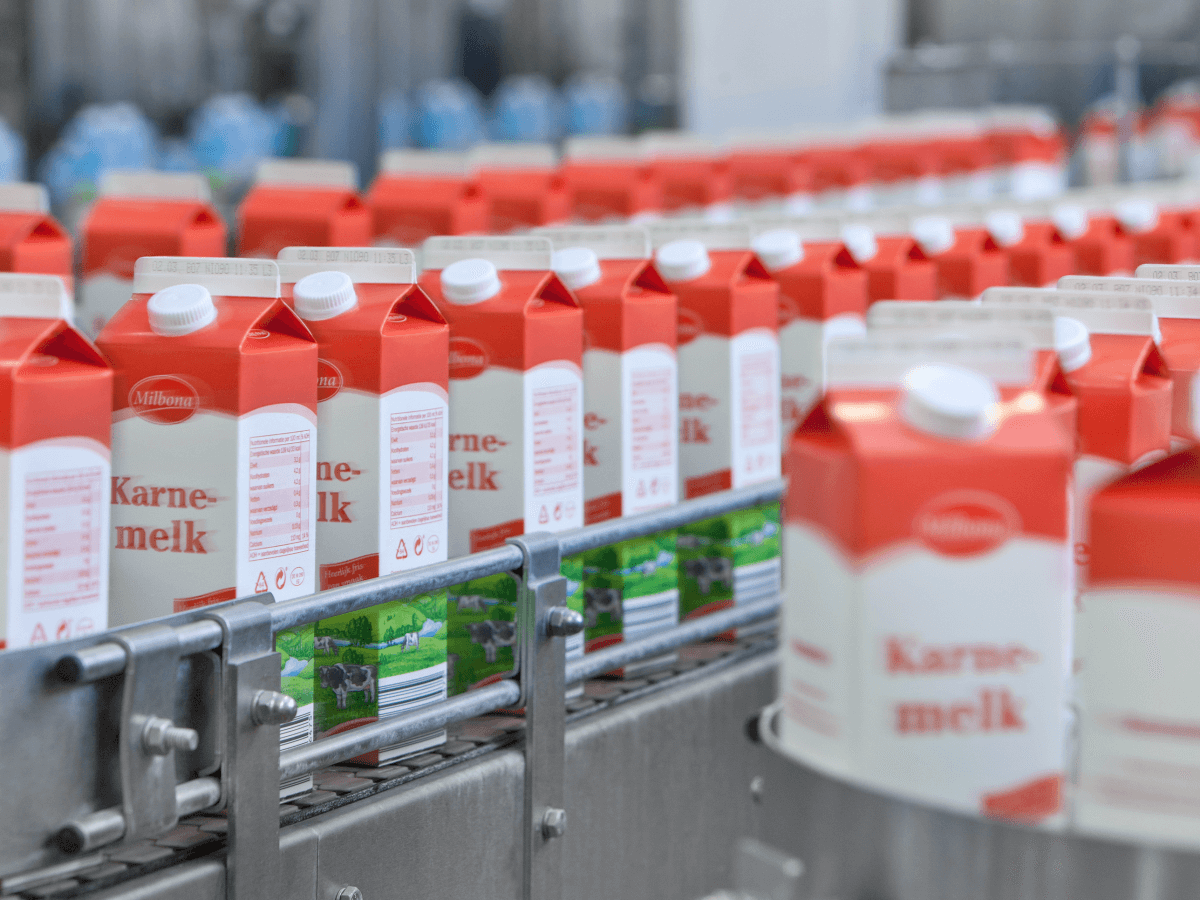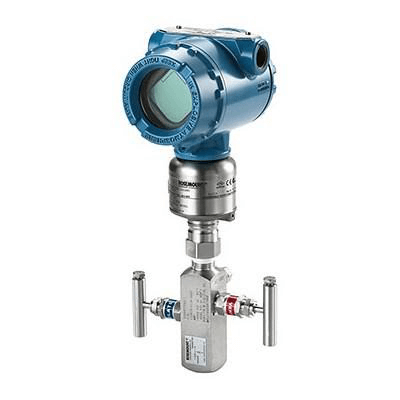Food and Beverage Pressure Transmitter – Things to Consider
Food and Beverage Pressure Transmitter
How Food and Beverage Pressure Transmitter Ensure Quality and Standards?
The world is evolving day by day, so is the threat of contamination with bacteria and viruses. Each day comes with the new challenge of keeping our food and beverage intake risk-free. Hence, Food and Beverage Pressure Transmitter is the best way to keep this danger at bay. It is critical that all the food and beverage quality must go through a rigorous process of set standards.
Things that associate with human health, needs to undergo specially designed procedures. For this very purpose, we have well-designed pressure transmitters that ensure food and beverage quality.
All the industries that are related to food, beverage, and dairy have certain pressure and level measurements when it comes to filters, piping, and production.
The design of modern food and beverage pressure transmitter minimizes the possible risks of corrupting the food and beverage products from harmful, alien bodies like bacteria. Therefore the use of Pressure transmitters is an essential part of achieving food and beverage safety.
Importance of Food and Beverage Pressure Transmitter
Moreover, pressure transmitters should have the ability to withstand different temperatures. They must give accurate results along with resistance to any kind of sensations and movements. They should endure all kinds of stress that are generated during the cleaning process. It must have specialized parts that can endure moist or wet conditions.
Submissions like mixing process, managing different flavor schemes, sterilization, and blending, purifying, and keeping in check the homogeneity of the product are important. All this can ensure a righteous chain of safe food and beverage production.

To ensure safe sterilization, the Food and Beverage Pressure Transmitter comes in handy. The industry greatly depends upon it for effective results. Moreover, It is possible to customize these sterilization pressure transmitters to ensure that they meet the companies requirement. It is vital to use high-endurance materials for the manufacturing of these pressure transmitters to surpass all the high-pressure sterilizations.
Pressure Transmitters are better than Sterilization
Nowadays, the food and beverage industry prefers pressure transmitters instead of sterilization through the heat. Heated sterilization uses heat condensation to terminate infectious agents without causing any harm to the food or beverage quality, whereas pressure transmitters use high-pressure hydraulic liquids at adequate temperatures to sterilize food and beverages. Hydraulic fluids mostly consist of water. It uses moderate heat to sterilize food. Food and beverage pressure transmitters are highly effective than heat sterilization.
It has been a known fact that high-pressure sterilization via pressure transmitters is very dependable in erasing dangerous elements that can impregnate the food and beverages. Food and beverages that have higher acid content and pre-made meats/poultry have proven to be effectively cleaned by pressure transmitters.
To perform all these procedures, you would have to use standard measuring systems. To protect the food and beverage quality, you would need not only certified mechanisms, but also ensure the implementation of proper steps.
Each food and beverage plant has different requirements when it comes to the pressure transmitters they want to use. To prevent any kind of microbial contamination a variety of regulators, transmitters, measuring devices are manufactured to manufacture Food and Beverage Pressure Transmitters.
Keeping in mind the environmental conditions of the sterilization cavity, use pressure transmitters can detect the temperatures. These transmitters monitor the pressure that the hydraulic fluids generate in order to control the outcome. Moreover, they also control the water pressure that you need during the sterilization. The constituents used in high-pressure sterilization are approved and meet the FDA regulations.
Things to Consider For Food and Beverage Pressure Transmitter
In case you are choosing Food and Beverage Pressure Transmitter, some major points that need consideration are its humidity resistance from the entrance, is it CIP(Clean In Place)/SIP, and its effect on lower temperatures.
Clean In Place
Mostly a flexible diaphragm is used in pressure transmitters as the element that transmits pressure. Usually, CIP cleaning is used to clean the inner planes of the pipelines. Most of the time, this kind of cleaning is done via large pipes or tanks to clean all the smooth surfaces of the transmitter. It is preferable to get a gap-free design because it reduces the risk of contamination. As for the wetted parts of the pressure transmitter, must have the ability to endure high pressures and temperatures. It is essential that the contours of the transmitter are free of nooks and fissures to avoid the occurrence of decays. You use stainless steel for the sole purpose of avoiding stickiness that can attract particles to gather on it.
Moreover, the use of stainless steel ensures stability, endurance, and long-term sustenance. The majority of the food and beverage pressure transmitters have designs that meet the long life expectancy. Some of these transmitters offer the high-pressure sterilization at temperatures up to 250 degrees. Separate flush membranes are available that you can attach to the transmitters as per the requirement of the food/beverage company.
Hydrostatic Pressure Method
You use the hydrostatic pressure method for the continuous measurement of the level of hydraulic fluids used in the pressure transmitters. Hydrostatic pressure is best described as the pressure exerted by the water on a certain surface due to gravity. The pressure sensors create hydrostatic pressure through a liquid cavity that helps in knowing the liquid levels in the transmitter.
There are several instruments that come in action for the measurement of pressure in pressure transmitters. The following are:
- Pressure-gauges
- Pressure sensors
- Pressure-transducers
- Pressure transmitters
Since we have been talking about Pressure Transmitters, it is right-full to mention four main types of pressure transmitters:
- Absolute Pressure Transmitter
- Gauge Pressure Transmitter
- Differential Pressure Transmitter
- Multivariable Pressure Transmitter

Take Away
Throughout the food and beverage evaluation/production procedures, measurement of pressure is a key feature. Most of the time it requires the installation of such instruments that help in pressure testing such as food and beverage pressure transmitters.
This ensures the accuracy of pressures you acquire throughout the manufacturing process which in turn enables the safety of food and beverage production. Periodic checks made by these pressure transmitters have a great impact on the quality of food and beverage produced. They not only reduce the production time but also keep the efficiency of the production line in check.
For more information on different types of Pressure Transmitters, Reach Out to Us Today.
















